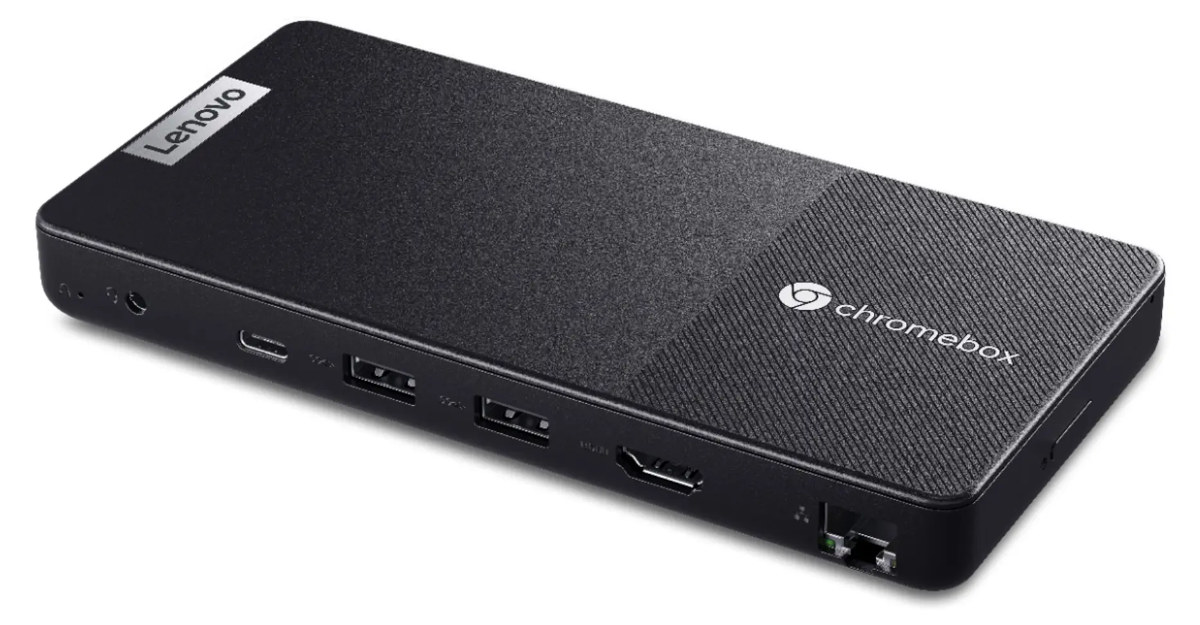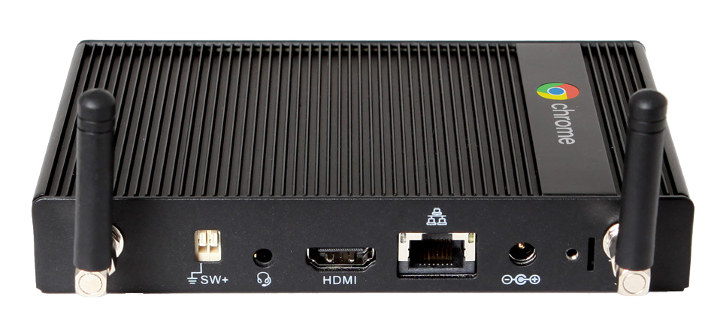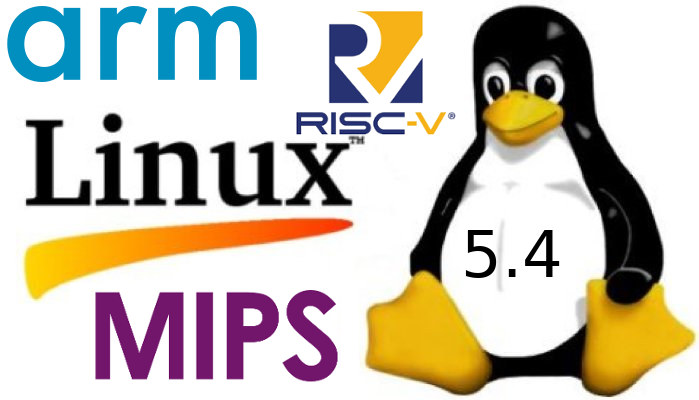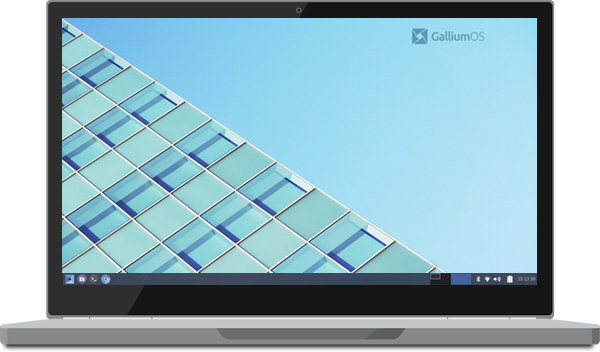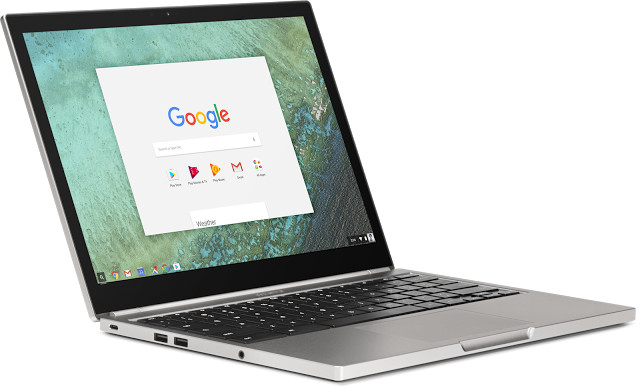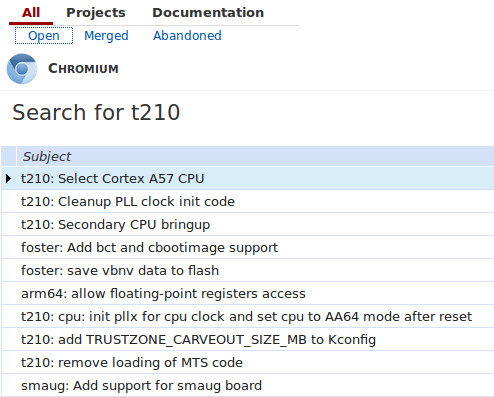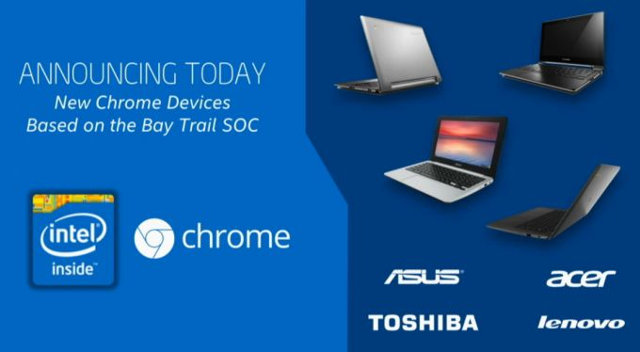There’s a new type of Chromebox in town with the Chromebox Micro with a form factor very similar to the MeLE Quieter4C we’ve just covered, but running Chrome OS instead and designed to be mounted to the back of a display. The Lenovo Chromebox Micro is the first device of this type that I’ve seen. The fanless mini PC is based on an Intel Celeron N4500 dual-core processor with 8GB RAM and 32GB eMMC flash and mostly targets digital signage and interactive retail kiosks. Lenovo Chromebox Micro: SoC – Intel Celeron N4500 dual-core processor @ 1.1GHz / 2.8GHz (Burst frequency) with Intel UHD graphics; 6W TDP System Memory – 8GB Storage – 32 GB eMMC flash Video Output – 1x HDMI port Audio – 1x audio jack, digital audio via HDMI Networking – Gigabit Ethernet RJ45 port USB – 2x USB Type-C ports, 2x USB Type-A ports Misc – Power […]
ASUS Chromebox 4 features Intel Comet Lake processor, WiFi 6, up to 16GB RAM
Chrome OS devices, be it Chromebook laptops, Chomebox mini PCs, or Chromebit PC sticks, used to be relatively low-cost devices designed to run the Chrome browser. But over the years. the versatility of the platform has increased with more powerful, yet still with low-power consumption, hardware, and improved software with support for Android apps, the Google Play Store, and even Linux programs. ASUS Chromebox 4 mini PC should be able to handle all those tasks pretty well, thanks to a choice of Intel Comet Lake processors ranging from a dual-core Intel Celeron 5205U to a quad-core Core i7-10510U with up to 16GB RAM, 64GB eMMC flash, and an M.2 socket that will be fitted to either 128GB or 256GB SATA SSD. The device offers Gigabit Ethernet and WiFi 6 connectivity, also has the ability to drive up to three displays thanks to two HDMI 2.0 ports, and a USB 3.2 […]
AOPEN Chromebox Mini is Designed for Digital Signage and Kiosks
Most ChromeOS devices are designed for either the consumer or educational markets, but Google’s operating system can also be used for commercial applications such as digital signage. A cheap way to set up a ChromeOS based digital is to get a ChromeBit (around $100 used) and install one of the Digital Signage apps for the OS. But as I checked out Linux 5.4 changelog, I came across AOPEN Chromebox Mini (codename Fievel) powered by a Rockchip RK3288 processor and described as an “enterprise-ready” Chromebox for 24/7 operation as digital signage or kiosk. AOPEN Chromebox Mini specifications: SoC – Rockchip RK3288C quad-core Cortex-A17 processor @ up to 1.8GHz with Arm Mali-T764MP GPU clocked at up to 600 MHz System Memory – Dual-channel 4GB LPDDR3 Storage – 16GB eMMC 5.0 flash Video Output – HDMI up to 1080p60 Audio – 1x combo jack with Line out/Line in Connectivity – Gigabit Ethernet, WiFi […]
Linux 5.4 Release – Main Changes, Arm, MIPS & RISC-V Architectures
Linus Torvalds has just announced the release of Linux 5.4: Not a lot happened this last week, which is just how I like it. And as expected, most of the pull requests I got were for the 5.5 merge window, which I’ll obviously start working through tomorrow. What little there is here is mostly some networking updates (mix of network drivers and core networking), and some minor GPU driver updates. Other than that it’s a small collection of random other things all over. The appended shortlog is small enough that you might as well just scroll through it. Anyway, this obviously opens the merge window for 5.5. It’s not ideal timing with Thanksgiving week coming up, but it hopefully shouldn’t be too much of an issue. If I fall behind (not because I’m all that big of a fan of the indiscriminate and relentless turkey-killing holiday) it’s because we’ve got […]
GalliumOS is a Linux Distribution for (Intel) Chromebooks & Chromeboxes
When I wrote about Crostini VM to run Linux apps on Chromebooks last week, I was informed about GalliumOS, described as a fast and lightweight Linux distro for ChromeOS devices – meaning Chromebooks and Chromeboxes – that is based on Xubuntu. Compared to ChromeOS, GalliumOS – and other Linux distributions – provides the ability to run more programs and more flexibility, and GalliumOS is said to deliver improved performance, longer battery life, better touchscreen support, etc.. compared to competing Linux distributions. You can go over the Download page to retrieve an image for your Chromebook or Chromebox, and either replace ChromeOS or go for a dual boot setup. The distribution does not support any Arm Chromebooks for now, and only works with some Intel devices with or without caveats depending on the model used. Check out the hardware compatibility matrix for details. The source code can be found on Github. […]
Google Play and Android Apps Are Coming to (Recent) Chromebooks, Chromeboxes, and Chromebases
There’s been talks about Android and Chrome OS merging for many years, and while it’s unclear whether it will ever happen, both operating systems’ features are converging, with the latest development officially bringing Android apps and the Google Play store to Chromebooks. Developers will have very little to modified on their Android apps, except possibly setting touchscreen support, and a few other options in the manifest file. Google listed a few benefits of Android apps on Chromebooks: Android Apps can be shown in 3 different window sizes Users can multi-task with multiple Android apps in moveable windows along with a full desktop browser within Chrome OS interface. Keyboard, mouse, and touch input will seamlessly work together Users will get Android notifications on their Chromebooks Android apps benefit from the Wifi or Bluetooth connectivity setup by the user or the administrator File sharing is seamless between Chrome and Android apps through […]
Tegra X1 Chromebooks Likely in the Works
When Nvidia announced Tegra X1 processor, the company’s main focus appeared to be the automotive market as it introduced Drive PX and CX board for this very market. Since then, Tegra X1 based SHIELD console was unveiled, and I’ve been informed some development activity related to Tegra X1 (Model: Tegra210 / T210) was taking place in Chromium and especially Coreboot source code. There appears to be two hardware platforms based on Tegra X1: smaug and foster which could end-up being Chromebooks or Chromeboxes likely with 4GB RAM. Thanks to David for the information. Jean-Luc Aufranc (CNXSoft)Jean-Luc started CNX Software in 2010 as a part-time endeavor, before quitting his job as a software engineering manager, and starting to write daily news, and reviews full time later in 2011. www.cnx-software.com
Intel based Chromebooks Announcements Galore By Acer, Asus, Dell, Lenovo and More
Yesterday, Intel and Intel had a press event about Chrome OS devices where Google discussed the success of Chrome OS, and Intel showed existing and upcoming Chromebooks based on Haswell and Bay Trail processors. After a short introduction by Intel, Google took the stage to discuss the commercial success of Chromebooks which are now found in 10,000 schools, and are among the best selling and best rated laptops on Amazon, as well as key advantages and features of Chrome OS: fast boot, new version every 6 weeks, and after offline support for google docs, soon offline support for video playback. Intel then continued by showing off some existing Haswell Chromebooks, a new HP Chromebox to become available in June, and LG All-in-One Chromebase with a 22″ display, Haswell Celeron 2955U processor, 2GB RAM, and 16GB SDD to sell later this month for $349. The company took a break from product announcement […]


